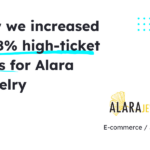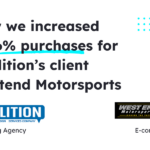
In today’s competitive business landscape, generating leads is not enough to succeed. Generating leads means very little if they are not converting. So it’s crucial to identify and focus on leads that are most likely to convert into customers. It is here that lead qualification comes into play. Lead qualification is the process of identifying potential customers who are most likely to benefit from your product or service; it is those who are also most likely to make a purchase. By qualifying leads, you can focus your time and resources on the most promising prospects, increasing the likelihood of closing deals and boosting revenue.
However, lead qualification is not a simple process. It requires a deep understanding of your ideal customer profile, effective marketing and sales strategies to attract and engage with prospects, and the use of technology and data analysis to prioritize and manage leads. To help businesses navigate this process, this article will provide a step-by-step guide to how to qualify leads, covering everything from defining an ideal customer profile to evaluating and refining the process. By understanding the key components of lead qualification and implementing best practices, you can increase your chances of success in converting leads into loyal customers.
Increase +180%
leads
demos
sales
bookings
from your website with AI
Get more conversions from your existing website traffic delivering personalized experiences.
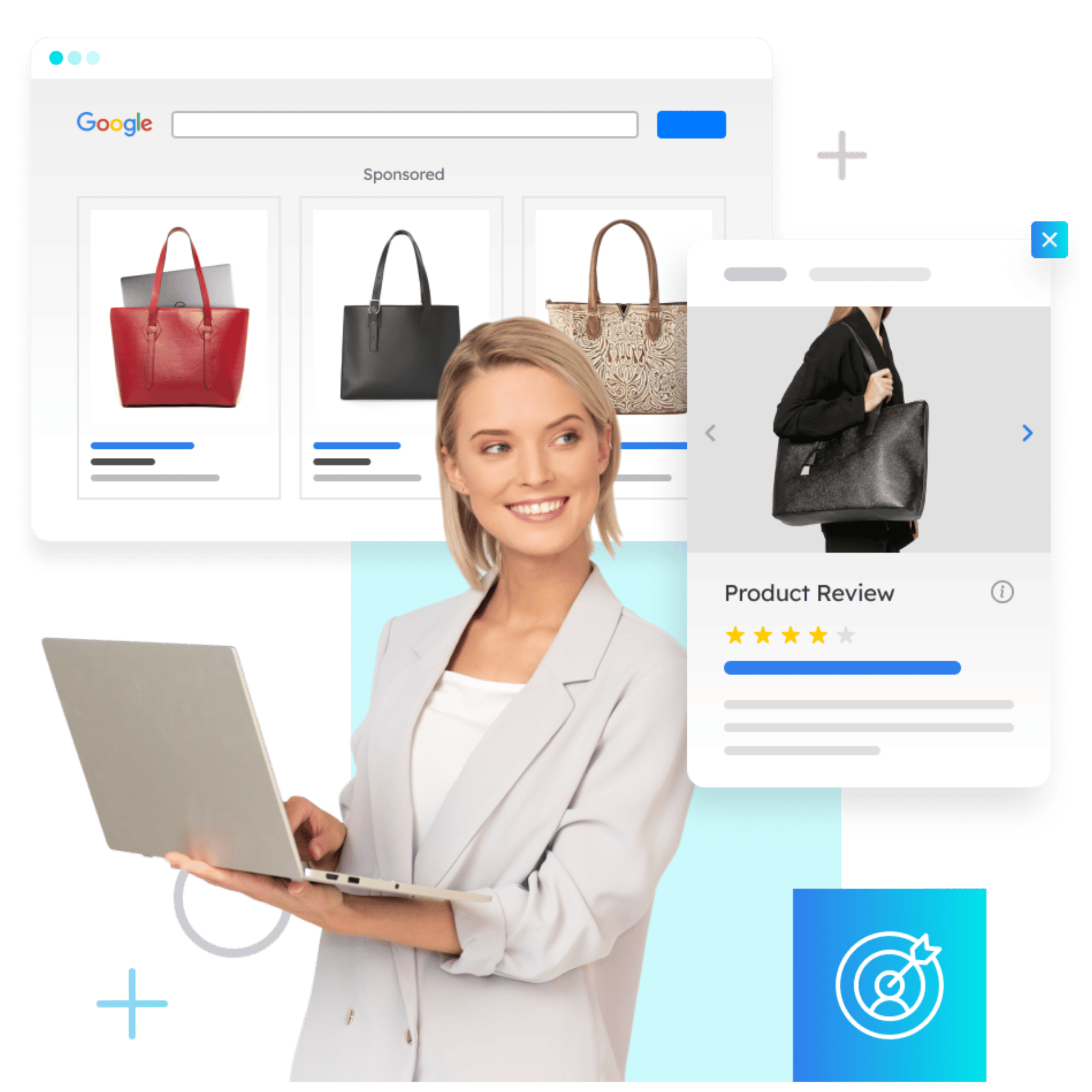
What is Lead Qualification? A Step-by-Step Approach
As we briefly mentioned before, lead qualification is a process used by businesses to determine the likelihood that a potential customer will convert into a paying customer. It involves evaluating leads based on criteria such as their level of interest, buying behavior, and fit with the company’s product or service.
Lead qualification is important for both B2B and B2C businesses. For B2B businesses, lead qualification is essential for effective account-based marketing, as it allows them to identify and prioritize the most promising accounts. This helps sales teams focus their efforts on the accounts that are most likely to convert. By ensuring that resources are allocated appropriately you can ultimately improve the customer experience. In addition, lead qualification can help B2B businesses identify key decision-makers within target accounts, allowing them to tailor their messaging and content to those individuals.
For B2C businesses, on the other hand, lead qualification is critical for ensuring that marketing efforts are focused on the most promising prospects. By evaluating leads based on criteria such as their level of interest and buying behavior, B2C businesses can create more targeted and effective marketing campaigns. This can help to increase conversion rates and maximize the return on investment for marketing efforts.
So how to qualify leads? The lead qualification process involves several steps. They can differ based on your business model, but they will typically include:
- Defining an Ideal Customer Profile: This involves identifying the characteristics of the customers that are most likely to benefit from your product or service. This may include factors such as industry, company size, job title, and geographic location.
- Attracting Prospects: Once an ideal customer profile has been established, the next step is to attract prospects who match that profile. This may involve a variety of marketing and sales strategies, such as email campaigns, social media advertising, and direct outreach.
Identifying and Prioritizing Prospects: Once prospects have been attracted, they must be evaluated based on criteria such as their level of interest, buying behavior, and fit with the company’s product or service. This can involve lead scoring, which assigns a score to each lead based on their level of engagement and other factors.
Engaging with Prospects: Once promising leads have been identified and prioritized, the next step is to engage with them in a personalized and meaningful way. This may involve tactics such as email outreach, phone calls, and social media engagement.
Evaluating and Refining the Process: Finally, it is important to evaluate the effectiveness of the lead qualification process and make the necessary adjustments. This may involve tracking key metrics such as conversion rates, analyzing data to identify areas for improvement, and making changes to the process based on feedback and results.
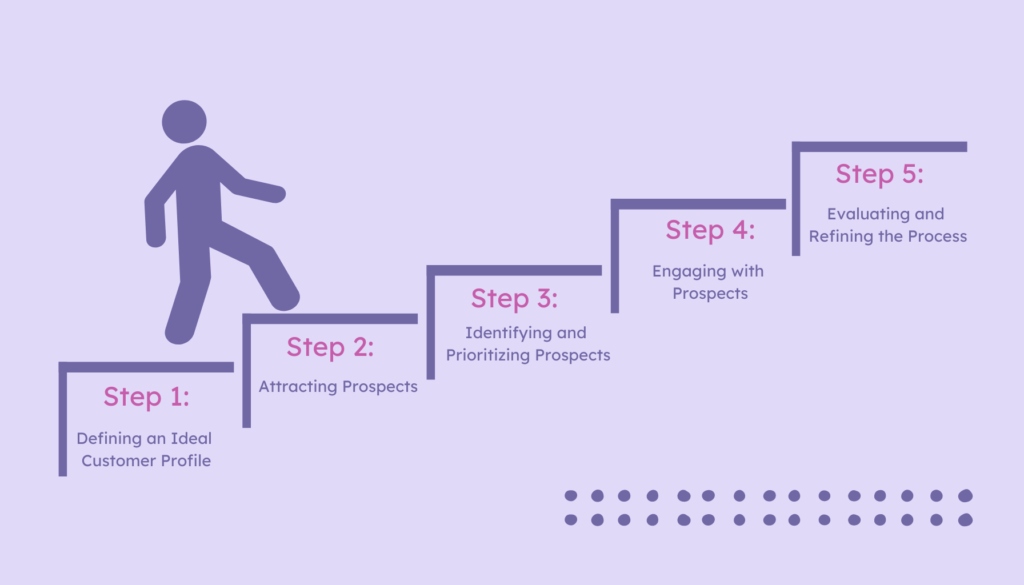
Step 1: Defining an Ideal Customer Profile
An ideal customer profile is a description of the type of customer who is most likely to benefit from your product or service; someone who is also most likely to make a purchase. Creating an ideal customer helps you focus your marketing and sales efforts on the most promising prospects, increasing the likelihood of converting leads into paying customers.
To create an ideal customer profile, there are several tips that you should keep in mind. Firstly, it’s important to start with data. This may involve analyzing customer data to identify commonalities among your most profitable customers, or conducting market research to understand the needs and preferences of your target audience.
Secondly, it’s important to be specific. The more specific your ideal customer profile is, the easier it will be to create targeted marketing campaigns and sales strategies.
Finally, it’s important to be flexible. Ideal customer profiles should be reviewed and updated regularly to ensure that they remain relevant and effective over time.
When creating an ideal customer profile, there are several key criteria to consider. These may include demographic factors such as age, gender, and income level, as well as psychographic factors such as values, beliefs, and lifestyle preferences.
For B2B businesses, key criteria may include industry, company size, and job title, as well as factors such as purchasing authority and decision-making processes. Other factors to consider may include geographic location, purchasing behavior, and buying habits.
For example, a B2B software company may define its ideal customer profile as a mid-sized business in the healthcare industry, with a focus on improving patient outcomes through the use of technology. Key criteria may include a company size of 50-500 employees, a decision-maker who is a C-level executive with purchasing authority, and a location in a major metropolitan area.
For a B2C e-commerce company, the ideal customer profile may be a young professional aged 25-35, living in an urban area and interested in sustainable and ethically sourced products. Key criteria may include a high-income level, a preference for online shopping, and an interest in environmentally-friendly and socially responsible products.
Step 2: Attracting Prospects
Once you have defined your ideal customer profile, the next step in the lead qualification process is to attract prospects. This involves using various marketing and sales strategies to generate awareness and interest among potential customers. There are several different marketing and sales strategies that businesses can use to attract prospects, including content marketing, social media advertising, email marketing, and direct mail campaigns. When creating marketing content, it’s important to keep your ideal customer profile in mind and to tailor your content to their specific needs and interests. This can help to increase the relevance and effectiveness of your marketing efforts, and improve the overall customer experience.
Another relevant consideration when attracting prospects is to ensure that your marketing and sales efforts are aligned. This means that your marketing messages and materials should be consistent with your sales strategies and tactics. Your sales team should be trained to effectively follow up with leads generated through marketing efforts. By aligning marketing and sales efforts, businesses can increase the likelihood of converting leads into paying customers and create a more seamless customer experience.
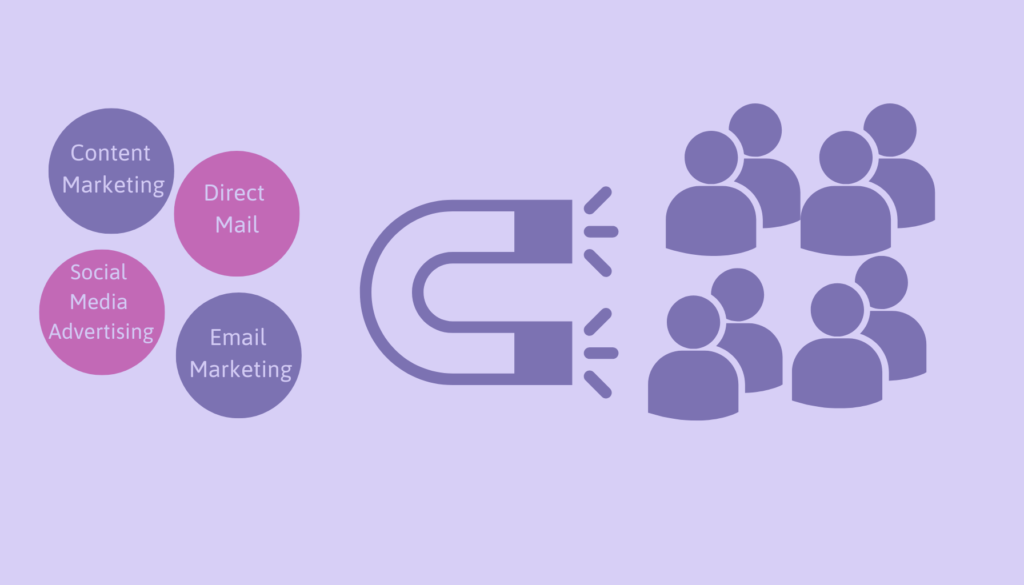
Step 3: Identifying and Prioritizing Prospects
Once you have defined your ideal customer profile and gathered a pool of potential leads, the next step is to identify and prioritize prospects. This involves using lead scoring and other criteria to determine which leads are most likely to convert, and prioritizing those leads accordingly.
Lead scoring is a method of assigning a numerical value to each lead based on their level of engagement and their fit with your ideal customer profile. This can be done manually, by assigning points to various criteria such as job title, company size, and level of interest. Or it can be done automatically using a lead scoring tool. Many CRM platforms, such as Hubspot, Salesforce, and Zoho, offer lead-scoring features that allow you to automate the process and save time.
In Hubspot, lead scoring is based on two types of criteria: fit and engagement. Fit criteria include demographic and firmographic data, such as job title, company size, and industry. Engagement criteria include factors such as website activity, email opens and clicks, and social media interactions. Each criterion is assigned a point value, and the total score is used to rank leads in order of priority.
Salesforce also offers lead-scoring features, which allow you to create custom lead-scoring models based on your own criteria. Like Hubspot, Salesforce assigns points based on fit and engagement criteria, and you can adjust the point values to reflect your own priorities.
Zoho CRM offers a similar lead scoring system, which allows you to assign scores based on demographic and behavioral criteria, as well as custom criteria such as lead source and deal size. The system also includes an AI-based predictive lead-scoring feature, which uses machine learning algorithms to identify the leads that are most likely to convert.
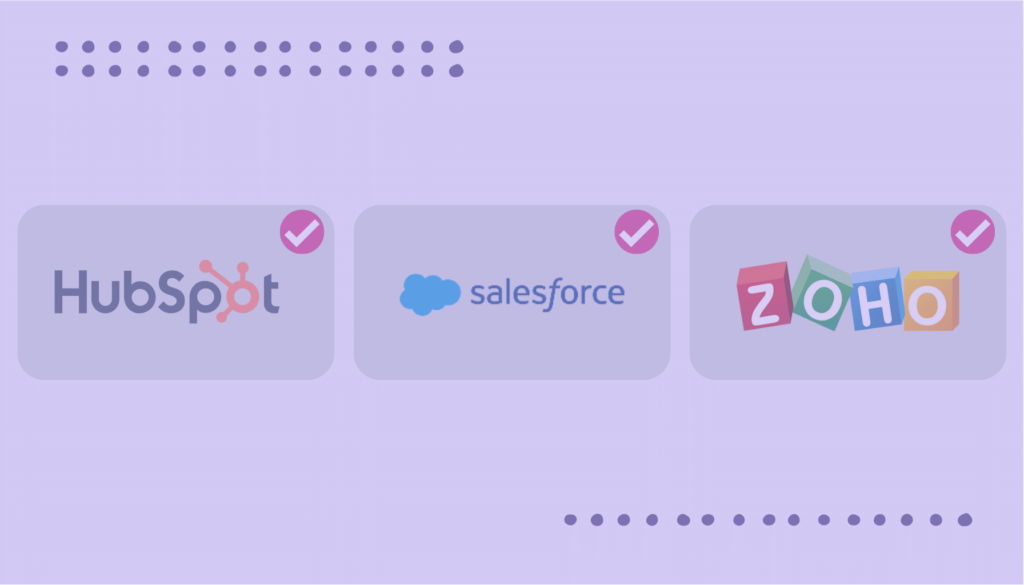
In addition to lead scoring, there are other criteria that you can use to identify and prioritize prospects. These may include factors such as budget, buying timeline, and decision-making authority. By gathering information about these criteria, you can better understand each lead’s likelihood to convert and their potential value to the company.
Once leads have been scored and prioritized, it’s important to focus resources on the most promising prospects. This may involve assigning leads to specific sales reps or teams. You can also create targeted marketing campaigns based on each lead’s specific needs and interests. By prioritizing leads based on their likelihood to convert, you can maximize your chances of success and avoid wasting time and resources on low-priority prospects.
Technology can be a powerful tool for streamlining the lead qualification process and making it more efficient. In addition to lead scoring tools, you can use automation software to manage and track leads and automate tasks such as lead nurturing and follow-up. Many CRM platforms offer automation features, such as automated email campaigns and lead follow-up workflows, that can help you to stay on top of your leads and ensure that no opportunities are missed.
Step 4: Engaging with Prospects
Engaging with your prospects, once prioritized, involves using a variety of tactics to build relationships and move them through the sales pipeline.
There are many different tactics that you can use to engage with prospects, including email marketing, phone calls, and social media. Email marketing is a popular choice because it allows you to send targeted messages directly to your prospects’ inboxes, and can be automated to save time and resources. Phone calls are also effective because they allow for more direct communication and the opportunity to address any questions or concerns that prospects may have. But be careful. As the millennial and gen z generations quickly take over, phone calls are feared more than loved. Social media can be a useful tool for building relationships and establishing trust with prospects, as well as for promoting your brand and sharing valuable content.
Regardless of the tactic used, it’s important to personalize your interactions with prospects as much as you can and build relationships with them over time. This may involve tailoring your messaging to each individual prospect based on their interests and needs, or providing personalized recommendations based on their previous interactions with your business. By showing that you understand their needs and are committed to helping them find a solution, you can build trust and establish a strong relationship that can lead to a successful sale.
Managing the sales pipeline is also critical at this stage. By tracking each prospect’s progress through the pipeline, you can identify any bottlenecks or areas for improvement and make adjustments as needed. This may involve implementing lead nurturing campaigns to keep prospects engaged and interested, or providing additional resources and information to help them make a decision.
Increase +180%
leads
demos
sales
bookings
from your website with AI
Get more conversions from your existing website traffic delivering personalized experiences.

Step 5: Evaluating and Refining the Process
Once you have engaged with your prospects, it’s important to evaluate and refine your lead qualification process on an ongoing basis. This allows you to identify areas for improvement and make necessary adjustments to increase the effectiveness of your approach.
One way to evaluate your process is by tracking and analyzing data. This may include metrics such as acquisition rates, lead quality, and the time it takes to move leads through the sales pipeline. By analyzing this data, you can identify any bottlenecks or areas where prospects are dropping out of the process and make adjustments to address these issues. For example, if you notice that a large number of leads are dropping out of the pipeline after the initial contact, you may want to focus on improving your lead-nurturing campaigns to keep prospects engaged and interested.
It’s also important to solicit feedback from your sales team and from your prospects themselves. This can help you identify any pain points or areas where the process could be improved. For example, if your sales team is finding it difficult to prioritize leads, you may want to consider implementing a lead-scoring system or optimizing the one you already have to make this process more efficient. If your prospects are finding it difficult to navigate your website or understand your products or services, you may want to provide additional resources or information to address these issues.
Once you have identified areas for improvement, it’s important to make adjustments and refine your process. This may involve making changes to your lead scoring criteria, revising your email marketing campaigns, or providing additional training and resources to your sales team. By continuously evaluating and refining your process, you can ensure that you are maximizing your opportunities and delivering the best possible customer experience.

Conclusion
Whether you’re a B2B or B2C business, taking the time to properly build an effective lead-qualification process can mean the difference between success and failure.
Through the steps outlined in this article, you know how to qualify leads, you can streamline your sales process, improve the quality of your leads, and increase your conversion rates. Defining an ideal customer profile will help you focus your efforts on the most promising prospects, while lead scoring and prioritization will allow you to maximize your time and resources. By engaging with prospects in a personalized way with tools like Pathmonk Accelerate you can build relationships and establish trust, increasing the likelihood of conversion. Finally, evaluating and refining the process ensures that you are always improving and staying ahead of the competition.
There are a variety of tools available to help you automate and streamline the lead qualification process. Platforms like Hubspot, Salesforce, and Zoho offer lead scoring and prioritization features that can save time and improve the efficiency of the sales pipeline. In addition, automation tools like email marketing and chatbots can help you engage with prospects in a personalized way, while analytics tools can provide valuable insights into the performance of the sales process.

